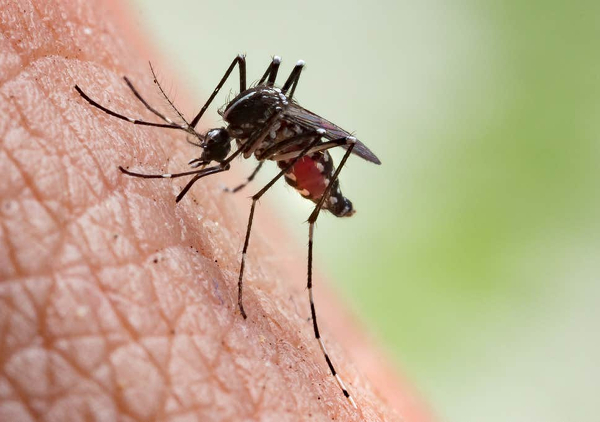India continued to build on its recent success in controlling malaria, with the number of annual deaths going below 10,000 for the first time ever in 2018, a 41% reduction over 2017, according to the World Health Organization’s (WHO) World Malaria Report 2019 released on Wednesday.
Malaria cases in the country declined by 28% in 2018 compared to 2017; there was a 24% reduction in cases between 2016 and 2017.
There were an estimated 6,737,000 malaria cases and 9,620 deaths in India in 2018, down from 9,348,000 cases and 16,310 deaths in 2017, according to the report. Since 2000, India has halved the number of malaria cases and deaths by at least two-thirds and is pushing to become malaria-free by 2030.
“India has substantially reduced its malaria case load… India’s progress has majorly contributed to WHO South-East Asia Region achieving nearly 70% reduction in malaria cases and deaths as compared to 2010, the largest decline among all six WHO Regions,” said Dr Poonam Khetrapal Singh, WHO’s regional director, South East Asia Region, of which India is a part.
Globally, malaria cases reduced to 228 million from 231 million in 2017 and 251 million in 2010, the report said. Malaria killed an estimated 405,000 people globally in 2018, compared with 416,000 in 2017, and 585,000 in 2010.
The malaria incidence rate worldwide declined from 71 cases in 2010 to 57 cases per 1,000 population at risk in 2018, but the rate of global decline has stagnated around 57 since 2014. The WHO South-East Asia Region has registered the highest decline of 70%, with incidence falling from 17 cases per 1,000 population at risk in 2010 to five cases in 2018.
Experts say the decline in India is projected to continue over the next few years because of improved access to free prevention, testing and treatment services. “The tools to control malaria, such as using long-lasting medicated bednets in high-burden areas, testing all fever cases for malaria and using anti-malarials for treatment is working well,” said Dr Anupkumar Anvikar, senior scientist, Indian Council of Medical Research-National Institute of Malaria Research.
“A special drive to train ASHAs (community health volunteers) in (malaria) case management at community level has helped take services to people in their homes and villages, which has raised awareness and community empowerment. All this, superimposed with a very high high political commitment and backing for research,” said Dr Anvikar. One ASHA, short for Accredited Social Health Activist, serves a population of about 1,000 persons. Odisha, for one, has used 47,000 ASHAs and the Durgama Anchalare Malaria Nirakarana (DAMaN) programme to test and treat malaria in the most inaccessible areas, leading to a 90% reduction in cases and deaths since 2016.
The report also lauds India for raising domestic funding to fight malaria in 2017 and 2018. Since the launch of India’s National Framework for Malaria Elimination (2016-2030) in 2016, budgetary outlay for the National Vector Borne Disease Control Programme went up from ~468 crore in 2017-18, to ~491 crore in 2018-19, and ~1,202.81 crore in 2019-20.
“By aligning all the stakeholders –government, private sector and citizens– India has increased awareness and combated the adverse socio-economic impact of malaria, which disproportionately affects the most vulnerable, which includes pregnant women and children under 5 years. While we have come a long way, sustained focus and increased funding are crucial to ensure India… becomes malaria-free by 2030,” said Dr Sanjeev Gaikwad, country director, Malaria No More India, an international non-profit working to end malaria in India.
Source: HT
Image Courtesy: The independent
You may also like
-
India Against Mpox
-
Combination of ‘Siddha’ Drugs Reduces Anemia in Adolescent Girls: Study
-
Suspected Mpox Case Under Investigation; Patient Put Under Isolation, No Cause for Alarm
-
Prime Minister Applauds India’s Best Ever Performance at the Paralympic Games
-
National Exit Test (NExT) for Ayush to be Effective from 2021-2022 Batch: Union Minister of Ayush Shri Prataprao Jadhav
